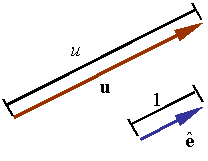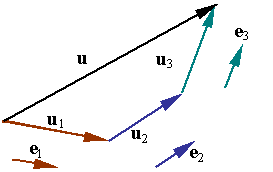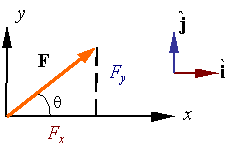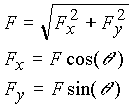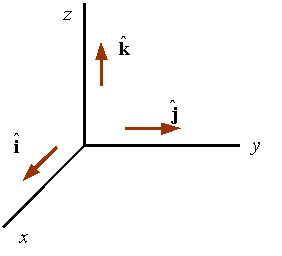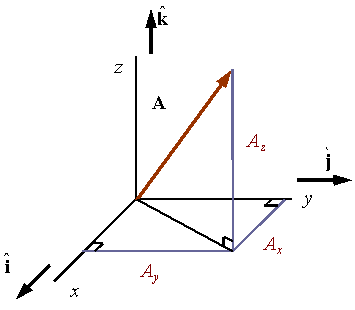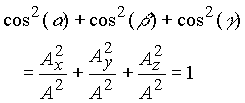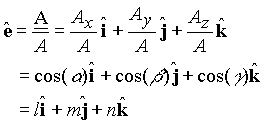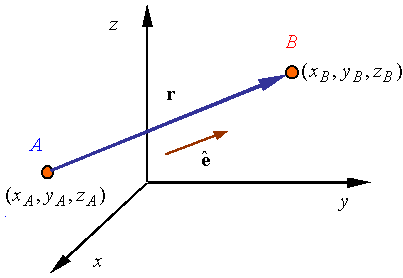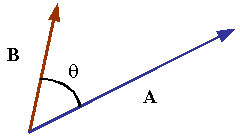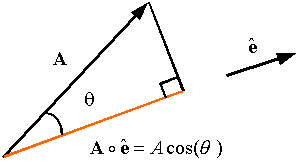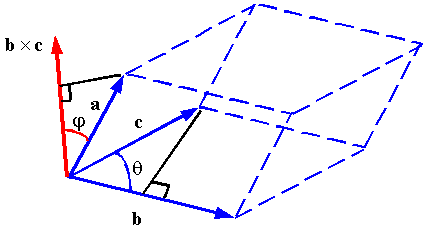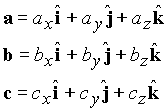2. Course code: ECE 3A
3. Course title: Electromagnetics
4. Course Description
Deals with the study of vector analysis; steady electric and magnetic fields; dielectric and magnetic materials; coupled circuits; magnetic circuits; time- varying fields; Maxwell's equations; field and circuit relationships.
5. Course Objectives
At the end of the course, the students shall be able to:
a. Explain the behavior of charged particles in free space.
b. Analyze systems in electric and magnetic fields.
c. Solve problems about field and circuit relationships.
6. Unit Credit/ Time Allotment
Lecture: 3 units, (3.75 hrs/wk; 14 weeks per term)
7. Semester/ Term Offered: 2nd Term
8. Pre- requisite Subject/s: Math 6
9. Co- requisite Subject/s: EE1
10. Clientele: Bachelor of Science in Electrical Engineering
11. Requirements:
The requirements of this course and corresponding inputs into the final grade are as follows:
a. Quizzes, seatwork, homework, recitation, attendance . . . 30 %
b. Unit Test and actual exercises . . . . . . . . . . . . . . . . .. . . . 40 %
c. Term Test . . . . . . . . . . . . . . . . . . . . . . . . . . . . . . . . . . . 30 %
TOTAL . . . . . . . . . . . . . . . . . . . . . . . . . . . . . . . . . . . . . 100 %
1. Introduction
2. Vector Algebra
3. Coordinate System and Transformation
II. Coulomb's Law and Electric Field Intensity
1. Coulomb's Law
2. Electric Field Intensity
3. Streamlines and Sketches
III. Application
1. Electric Flux Density
Faraday's Law
2. Gauss' Law
3. Divergence
IV. Current, Conductors and Dielectrics
1. Current and Current Density
2. Continuity of Current
3. Conductor Properties
4. Nature of Dielectrics
V. Application
1. Biot- Savart Law and Magnetic Field Intensity
2. Ampere's Law
3. Capacitance, Resistance, Inductance
4. Maxwell's Equation
Electromagnetism is the force responsible for practically all the phenomena encountered in daily life (with the exception of gravity). All the forces involved in interactions between electrons can be traced to electromagnetism acting on the electrically charged protons and electrons inside the atoms. This includes the forces we experience in "pushing" or "pulling" ordinary material objects (such as coffee cups), which come from the intermolecular forces between the individual molecules in our bodies and those in the objects.
Electromagnetism is also the force which holds electrons and protons together in atoms, and which holds atoms together to make molecules, thus governing of the processes involved in chemistry, which arise from interactions between the electrons orbiting atoms.
The force of electromagnetism is manifestated both in electric fields and magnetic fields; both are simply different aspects of electromagnetism, and hence are intrinsically related to each other. Thus, a changing electric field generates a magnetic field; coversely a changing magnetic field generates an electric field. This effect is called electromagnetic induction, and is the basis of operation for electrical generators, induction motors, and transformers. Mathematically speaking, magnetic fields and electric fields are convertible with relative motion as a four vector.
Electric fields are the cause of several common phenomena, such as electric potential (such as the voltage of a battery), electric current (such as the flow of electricity through a flashlight), and electric fields. Magnetic fields are the cause of the force associated with magnets.
The theoretical implications of electromagnetism led to the development of special relativity by Albert Einstein in 1905.
Originally, electricity and magnetism were thought of as two separate forces. This view changed, however, with the publication of James Clerk Maxwell's 1873 Treatise on Electricity and Magnetism in which the interactions of positive and negative charges were shown to be regulated by one force. There are four main effects resulting from these interactions, which have been clearly demonstrated by experiment:
- Electric charges attract or repel one another with a force inversely proportional to the square of the distance between them: unlike charges attract, like ones repel.
- Magnetic poles (or states of polarization at individual points) attract or repel one another in a similar way and always come in pairs: every north pole is yoked to a south pole.
- An electric current in a wire creates a circular magnetic field around the wire, its direction depending on that of the current.
- A current is induced in a loop of wire when it is moved towards or away from a magnetic field, or a magnet is moved towards or away from it, the direction of current depending on that of the movement.
While preparing for an evening lecture on 21 April 1820, Hans Christian Ørsted made a surprising observation. As he was setting up his materials, he noticed a compass needle deflected from magnetic north when the electric current from the battery he was using was switched on and off. This deflection convinced him that magnetic fields radiate from all sides off of a wire carrying an electric current, just as light and heat do, and that it confirmed a direct relationship between electricity and magnetism.
At the time of discovery, Ørsted did not suggest any satisfactory explanation of the phenomenon, nor did he try to represent the phenomenon in a mathematical framework. However, three months later he began more intensive investigations. Soon thereafter he published his findings, proving that an electric current produces a magnetic field as it flows through a wire. The CGS unit of magnetic induction (oersted) is named in honor of his contributions to the field of electromagnetism.
His findings resulted in intensive research throughout the scientific community in electrodynamics. They influenced French physicist André-Marie Ampère's developments of a single mathematical form to represent the magnetic forces between current-carrying conductors. Ørsted's discovery also represented a major step toward a unified concept of energy.
This unification, which was observed by Michael Faraday, extended by James Clerk Maxwell, and partially reformulated by Oliver Heaviside and Heinrich Hertz, is one of the accomplishments of 19th century Mathematical Physics. It had far-reaching consequences, one of which was the understanding of the nature of light. Light and other electromagnetic waves take the form of quantized, self-propagating oscillatory electromagnetic field disturbances called photons. Different frequencies of oscillation give rise to the different forms of electromagnetic radiation, from radio waves at the lowest frequencies, to visible light at intermediate frequencies, to gamma rays at the highest frequencies.
Ørsted was not the only person to examine the relation between electricity and magnetism. In 1802 Gian Domenico Romagnosi, an Italian legal scholar, deflected a magnetic needle by electrostatic charges. Actually, no galvanic current existed in the setup and hence no electromagnetism was present. An account of the discovery was published in 1802 in an Italian newspaper, but it was largely overlooked by the contemporary scientific community.







